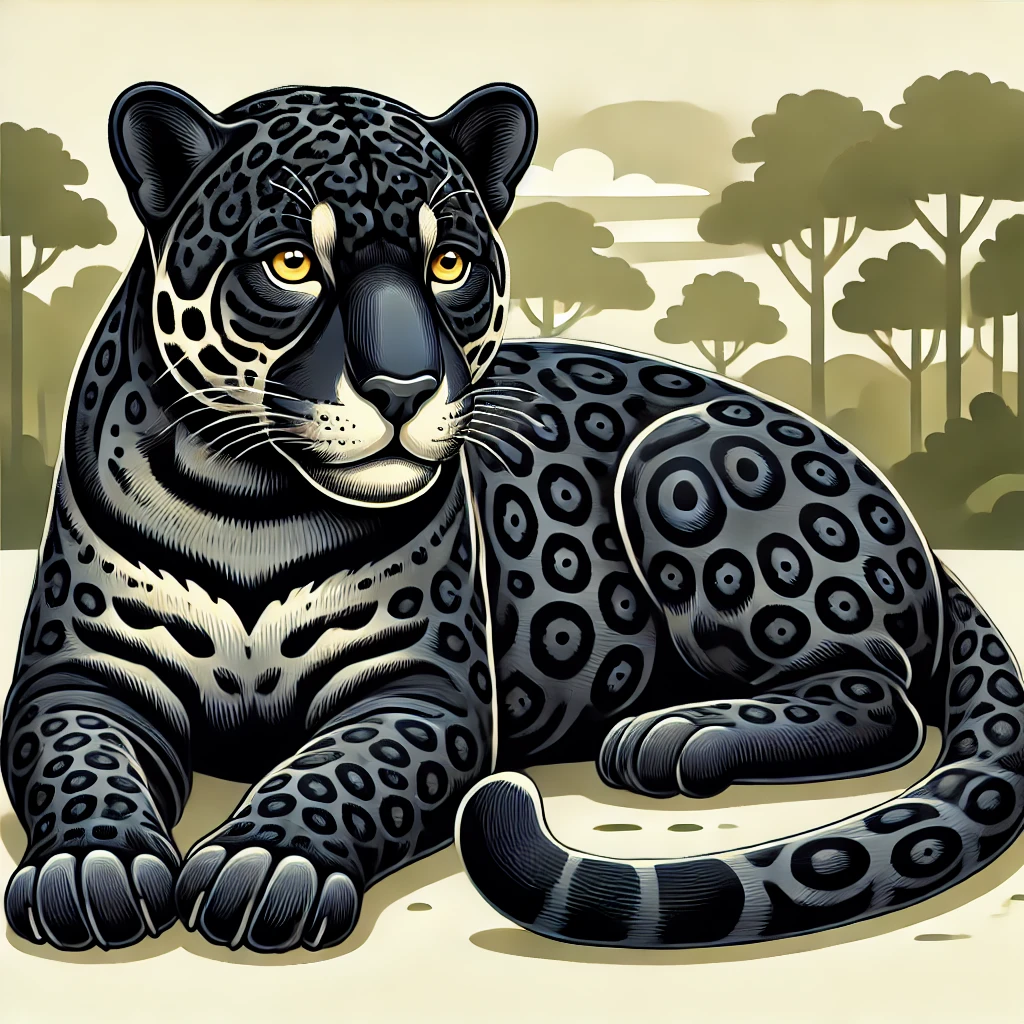
Jaglion
A jaglion is a rare hybrid resulting from the crossbreeding of a male lion (Panthera leo) and a female jaguar (Panthera onca). Here’s a description of the jaglion and its distribution:
Description of Jaglion:
- Appearance: Jaglions typically exhibit physical characteristics that are a blend of both lion and jaguar traits. They may have the body shape and size of a lion, with the distinctive coat pattern of a jaguar. However, the specific appearance of a jaglion can vary widely depending on the genetic contribution of each parent.
- Coat: Jaglions may have a coat that resembles a typical lion’s golden-yellow coloration, but with faint rosette markings similar to those of a jaguar. The exact appearance of the coat can vary, ranging from a predominantly lion-like appearance to a more jaguar-like appearance with darker spots.
- Size: Jaglions may inherit the size and physical characteristics of a lion, making them larger and more robust than jaguars. However, their size can also vary depending on factors such as the size of their parents and the specific genetic makeup inherited from each parent.
- Behavior: Jaglions are extremely rare in the wild and are typically the result of captive breeding programs. As hybrids, their behavior may exhibit a combination of traits from both lion and jaguar species, although this can vary depending on individual characteristics and environmental factors.
Distribution:
- Jaglions are extremely rare in the wild and are primarily found in captivity, often as the result of intentional breeding efforts in zoos or wildlife sanctuaries.
- There are no known instances of jaglions occurring in the wild, as lions and jaguars inhabit different continents and have limited opportunities for natural crossbreeding.
- Captive jaglions have been reported in various countries where lions and jaguars are kept in captivity, including the United States, Mexico, and some European countries.
Due to their rarity and unique genetic makeup, jaglions are often considered a curiosity in the world of big cat conservation and captive breeding programs. However, they do not have a natural distribution in the wild and are primarily found in captivity as a result of human intervention.

